The Dolphy Conundrum
By Joel DavidAn earlier generation of Pinoy media observers would have thought that the death of Dolphy would have left behind the issue of his profligacy: The usual tally of the deceased’s offspring and their corresponding mothers alone would already bring up the issue of his sexual insatiability and the potency of his allegedly humongous “secret weapon.” Yet it is a measure of the extent of the Philippines’ cultural maturation that the only controversy left literally in his wake is the question of why he had not been declared a National Artist, the country’s highest official distinction for people in his profession.
His earlier nomination, during the previous round, was supposedly sabotaged by the objection of a highly influential culturatus. The ensuing round of exchanges has been seemingly obsessed with the violation of a confidentiality agreement – a strange and moot assertion, considering that the National Artist selection process is performed as part of a mandate of the national government and is therefore always open to public inquiry. Nevertheless a resolution, as far as one can be determined, has been promised by no less than the President, with his assurance of support for any future recommendation for the award to be handed to the late comedian.
At this point a personal disclosure ought to be made: Not so much because of my past association with some of the institutions involved in the controversy, but because of my incomplete coverage of a film artist who I presume to critically evaluate. I can probably count about a dozen Dolphy films that I have seen, and a whole lot of film excerpts, but this would not pass my own test for serious attention to someone’s body of work. Yet for someone with over 220 film titles (not to mention a successful TV crossover) dating to over 60 years back, Dolphy himself might be able to forgive anyone who’d been unable to watch a hundred or more of his own titles.
With the National Artist question, the answer may be parsed as simply and literally as possible: He was a major star (possibly the Philippines’ most prolific one even solely in terms of film projects) and was therefore “national,” and he had possessed sufficient artistry not only in maintaining this status but also in impressing colleagues and (certain) critics, including the official mainstream organization (with which I was also once associated) that had given him a lifetime achievement prize. Yet the next logical question, of whether being both nationally renowned and unquestionably artistic automatically makes one deserving of being called a National Artist, is where a lot of qualifiers have to be raised.
Dolphy had been part of the wave of local stars who wrested control of their careers from the vertically integrated studio system of the 1950s (the so-called First Golden Age) by producing their own projects; one such figure, Fernando Poe, Jr., had already been granted the recognition, while an arguably just-as-vital name, deposed Pinoy President Joseph “Erap” Estrada, may never receive it, because first and foremost, the distinction is inevitably political, and it would simply be more politic to bestow it on Dolphy than on Erap. Yet unlike the major stars who emerged immediately after World War II, Dolphy had been saddled with twin disadvantages that make his triumph more remarkable for its time.One of those liabilities, poverty, was an acceptable one, in the sense that the democratic system being upheld by the republic (exemplified by the social mobility afforded by media stardom) allowed for individuals to transcend such class-based limitations. The other matter, his East Asianness, was a far trickier situation for anyone to navigate. The war had traumatized the population into an affirmation of the racial stereotyping originally propagated by the early European colonizers – that of distinguishing between the “right” kind of fair-skinned people (Caucasians) and the “wrong” kind (East Asians, who were earlier demonized as pagans and were later imaged as ruthless colonizers). Hence Filipino aspirants to movie stardom had to misrepresent their ‘mestizo’ features as non-Asian; or, if this were impossible to pull off, then they had to settle for less-profitable second-tier status as villains (cf. Bruno Punzalan), seductresses (Bella Flores), or comedians, where Dolphy (alongside Chichay, Babalu, and a long list of other names) found – and managed to build on – his niche.
It was certainly no help when newly emerging nationalists with anti-imperialist sentiments sought to critique Philippine culture’s excessive white love by producing xenophobic literature that targeted the local Chinese community. This context helps explain not just Dolphy’s long-term political neutrality (just as Chinese Filipinos were known to support both establishment and opposition candidates during elections) but also why his type of comedy evolved toward a safe, family-friendly, middle-brow variety. Of his few forays with “serious” filmmakers, none had been with Manuel Conde or Ishmael Bernal, the National Artist auteurs who had reputations for scathing social satire. In fact he had tended to fall into the same misconception that the biggest Hollywood clowns, from Charlie Chaplin to Tom Hanks and Jim Carrey, had about serious material: that it had to be unfunny in order to “deserve” respect.
Ironically it was also as a result of this nationalist resurgence that East Asians — Filipinos or otherwise — were finally able to attain star status in local media, starting with the distinctly ‘chinita’ Vilma Santos all the way through the frankly named Rico Yans, Sandara Parks, and Kim Chius of the present, with his own children deploying his once-suppressed surname; any number of leaders – all the way to Presidents and Cardinals – no longer need to remain silent about their overseas ancestry.
How then should good old Pidol be assessed? His National Artist award will be handed down, barring unforeseen abnormal circumstances, and that would restore some symbolic balance to the excesses in our history of racism, however long-gone this tendency might have been. But it would be far more instructive for his audiences to remain aware of his weaknesses as much as his virtues, and the all-too-human reasons that had forced him to resort to the self-limiting career measures that he, in a sense, had no way of avoiding.
 Joel David is associate professor for Cultural Studies at Inha University in Incheon, Korea. He is the author of a number of books on Philippine cinema and was founding director of the University of the Philippines Film Institute.
Joel David is associate professor for Cultural Studies at Inha University in Incheon, Korea. He is the author of a number of books on Philippine cinema and was founding director of the University of the Philippines Film Institute.


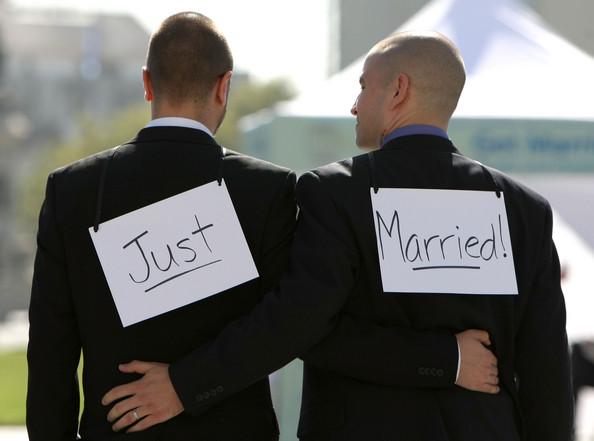
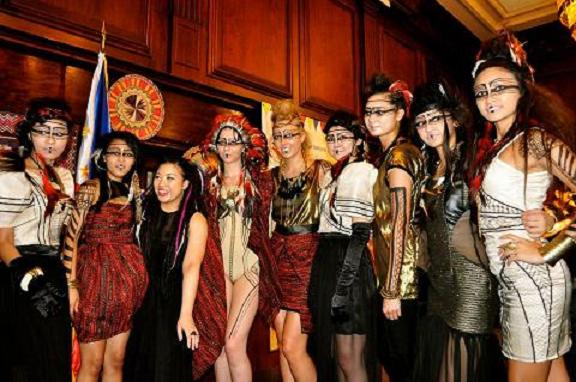
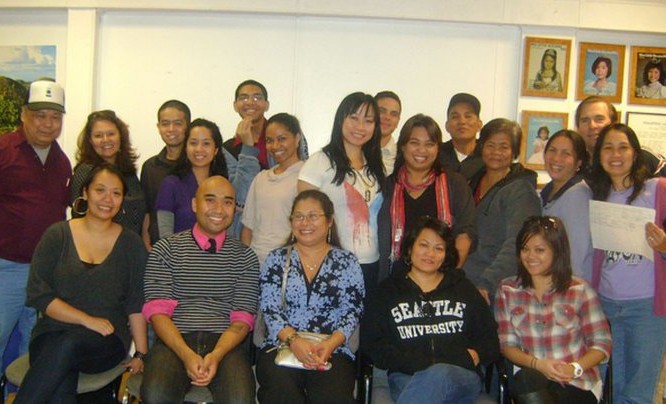
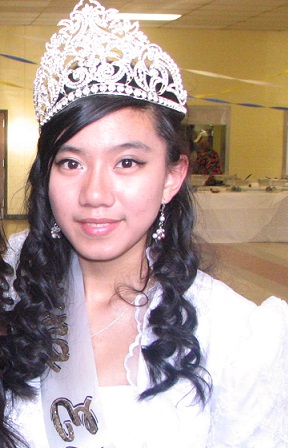

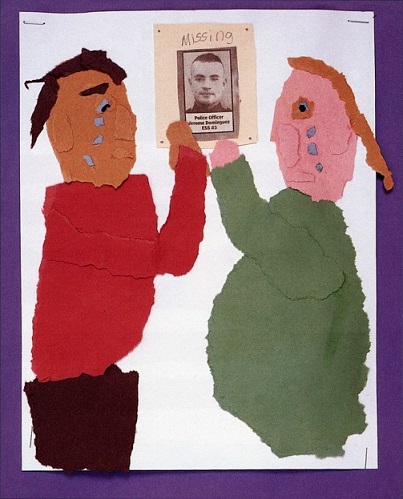

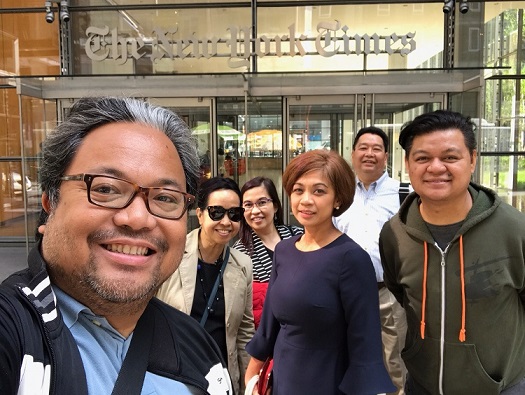
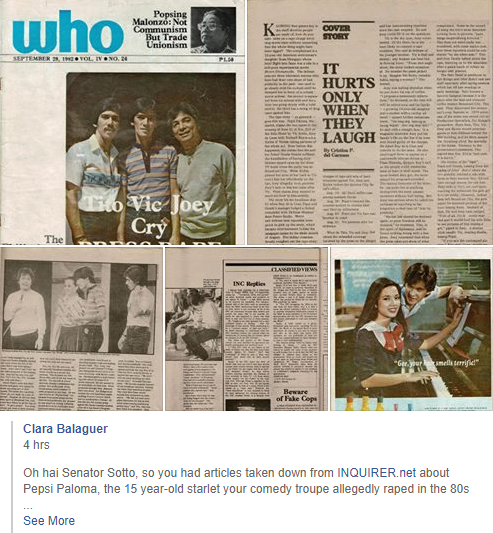
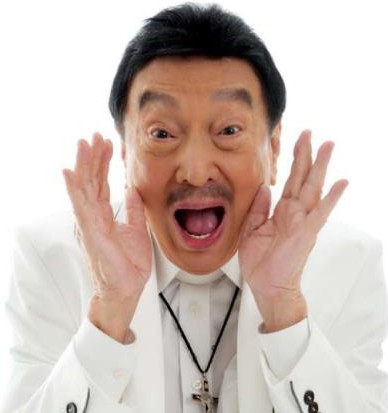
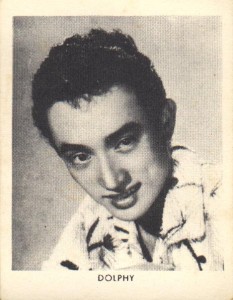

Dolphy sired so many illegitimate children and allowed them to be brought forth into this world as ‘bastards’. How can Christians and specifically the Catholic Church reconcile this abomination of character?
The same way they reconcile the “abomination of character” of Abraham, Solomon, and other biblical patriarchs who also had “so many” children: by thinking intelligently about it. Don’t be afraid, it won’t kill you.
Lets leave Dolphy private life out of the equation when it comes to honor him as a National Artist of the Philippine Republic.
The man will be remembered as the Greatest comic Filipino actor that ever lived!
I urge President Aquino to bestow Dolphy with high honors as the National Artist of the Philippines.